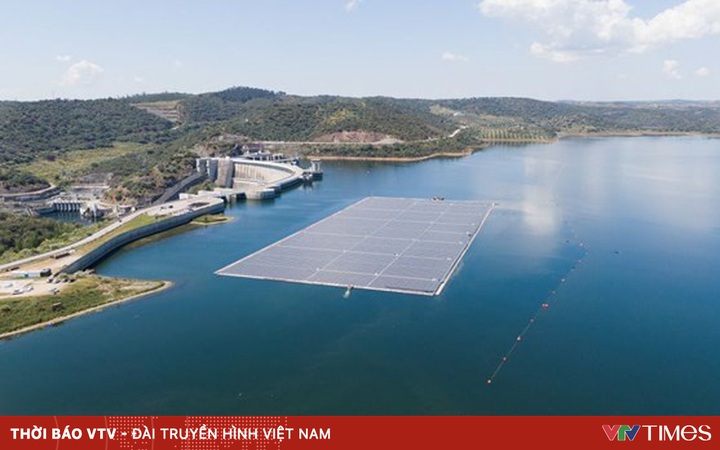India’s hot sun reaches the threshold of human tolerance
The hot weather combined with the high “wet bulb temperature” phenomenon in India makes the human body unable to escape heat, causing a high risk of death.
The capital New Delhi, India, is on fire. Hot steam rose from the pavement, the water coming out of the faucet was too hot to touch.
The temperature in New Delhi during the day reaches 44 degrees Celsius and does not fall below 30 degrees Celsius at night. Giant Bhalswa Garbage Mountain In the northern suburbs of New Delhi, fires have continued to burn since April 26, making the sweltering air in the city even more heavily polluted.
According to the Indian Meteorological Department (IMD), the country has recorded the hottest March in the past 122 years, with the national average temperature at 33.1 degrees Celsius, nearly 1.86 degrees Celsius higher than recorded. often. Indian Prime Minister Narendra Modi on April 27 warned that severe weather increases the risk of fires.
Demand for electricity skyrocketed amid the heat, leading to power outages lasting up to eight hours in some parts of India as coal reserves, the fuel that produces 70% of the country’s electricity, were at a premium. short. Last week, coal stocks at three of Delhi’s five power plants fell below 25%.
Wheat granaries in northern India were also scorched by the heat. Spring is almost absent this year, while the heat is expected to last into May, while the rainy season only begins in June.

People get water from tank trucks in India. Image: Bloomberg.
According to Bloomberg, the heat wave in India is testing the limits of human tolerance, when combined with the phenomenon of “wet bulb temperatures”. The wet bulb temperature is the lowest unit of temperature that can be achieved when the air is saturated with water vapor, usually no more than 31°C.
The humidity in the air has a great influence on how hot we feel. The higher the wet bulb temperature, the hotter the air.
In case the wet bulb temperature is above 35°C, the air cannot absorb more water vapor, causing sweat to not evaporate, causing people to experience heat shock phenomena such as fatigue, cramps, rash, especially especially heatstroke with the risk of death within hours.
This phenomenon killed tens of thousands of people during heat waves in Europe and Russia in 2003 and 2010.

Workers use protective hats to scoop up bath water to cool off amid the intense heat on the outskirts of Ahmedabad, India, on April 30. Image: Reuters.
Normally, as temperature increases, humidity decreases, so wet bulb temperatures are thought to be extremely rare. A 2018 study found that wet bulb temperatures approaching 35°C are “almost never in current weather patterns”.
However, this happens relatively often, especially in the densely populated belt region from the Persian Gulf through Pakistan and northwest India, according to the study of Science Advances 2020.
The Indian Meteorological Department said many parts of the country have seen wet bulb temperatures of 35°C in the past week. Meanwhile, only about 12% of India’s 1.4 billion people have air conditioning, meaning hundreds of millions of people cannot cool off as their bodies reach the threshold of heatstroke.
A similar situation occurs in neighboring Pakistan, where many people work outdoors in the hot weather.

A girl sells water in New Delhi, the capital of India, on April 27. Image: Reuters.
Experts fear that each future hot season in India could be a time when the number of people dying from heat waves increases. The world is going through cycles La Nina’s climate, which brings cooler summer weather to India. Therefore, the risk will increase when El Nino đợt next happens.
Indian officials on May 1 called on states to ensure that their health systems are ready to cope with a sudden wave of patients due to the heat. They also recommend that people paint their roofs white to reduce heat absorption.
However, observers say these measures are not enough to help Indians cope with the increasingly dangerous heat waves. The health system will not be able to help when millions of air conditioners run at full capacity, overloading the national power grid in the midst of the heat, reaching the threshold of human tolerance.
Duc Trung (According to Bloomberg/CNN)
at Blogtuan.info – Source: vnexpress.net – Read the original article here



